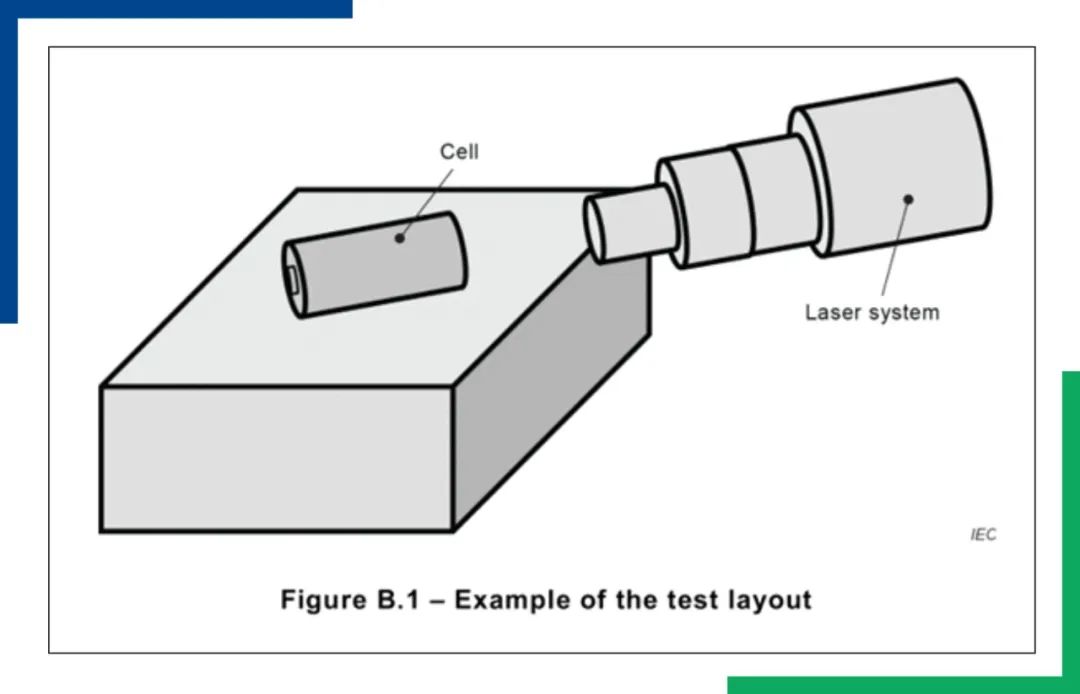
IEC 62619-2022版已正式发布,一起来get一下有哪些重要变化

a)针对活动/运动部件提出新的要求;
Moving parts that have potential to cause human injuries shall be applied using an appropriate design and necessary measures to reduce the risk of injuries, including those injuries that may be incurred during installation, while cells or battery systems are being incorporated into equipment.
b)新增针对危险带电部件的要求;
Hazardous live parts of the battery system shall be protected to avoid the risk of electric shocks, including during installation.
c)新增电池组系统设计的要求;
5.6.2 Battery system design The voltage control function of the battery system design shall ensure that the voltage of each cell or cell block shall not exceed the upper limit charging voltage specified by the manufacturer of the cells, except in the case where the end-devices provide the voltage control function. In such a case, the end-devices are considered as part of the battery system. Refer to Note 2 and Note 3 in 3.1 2.
d)新增系统锁定功能要求;
当电池组系统中的一个或多个电芯在运行过程中偏离运行区域时,电池组系统应具有停止操作的不可复位功能,此功能不允许用户重置或自动重置。
在检查电池组系统的状态符合电池组系统制造商手册后,电池系统的功能可以复位。
根据其应用,电池组系统可以允许其最终放电一次,例如提供紧急功能。在这种情况下,在电芯不引起危险反应的范围内,电芯限值(例如放电电压下限或温度上限)可允许偏离一次。因此,电芯制造商应提供第二套限值,该限值应使在电池组系统中的电芯可以接受一次放电而不发生危险反应。在最后一次放电后,电芯不得再被充电。
e)新增EMC要求;
The battery system shall fulfil EMC requirements of the end-device application such as stationary, traction, railway, etc. or the specific requirements agreed between the end-device manufacturer and the battery system manufacturer. The EMC test may be conducted on the end-device, if feasible.
f)新增热失控蔓延基于激光方式的程序。
增加了Annex B Procedure of propagation test by laser irradiation


热失控蔓延试验流程:
1、满充样品;
2、布置热电偶至目标试验电芯;
3、布置样品和试验工装到位;
4、确认激光程序;
5、准备电芯温度测量设备;
6、确认环境温度并保持在范围内;
7、启动激光对目标电芯加热并持续监测电芯温度;
8、当热失控发生导致快速升温时,关闭激光;
9、观察样品和电芯温度持续至少1h。
UL认证适用于美国及加拿大市场,为市场得到具有相当安全水准的商品,为人身健康和财产安全得到保证作出贡献。有效消除国际贸易技术壁垒,UL为促进国际贸易的发展发挥着积极的作用。目前北测新能源已成为UL-WTDP授权实验室之一,可为广大客户提供优质高效的UL认证与检测服务,助力企业产品顺利进入北美市场。

- 深圳市宝安区航城街道三围社区奋达高新科技园C栋101 (办事处)广东省惠州市惠阳区镇隆镇井龙工业区硕翊工业园2幢
- sales10@ntekbat.org.cn

- 深圳市宝安区航城街道三围社区奋达高新科技园C栋101 (办事处)广东省惠州市惠阳区镇隆镇井龙工业区硕翊工业园2幢
- sales10@ntekbat.org.cn


